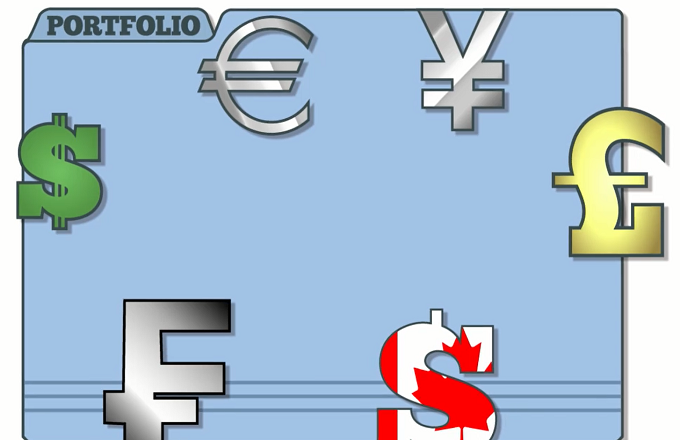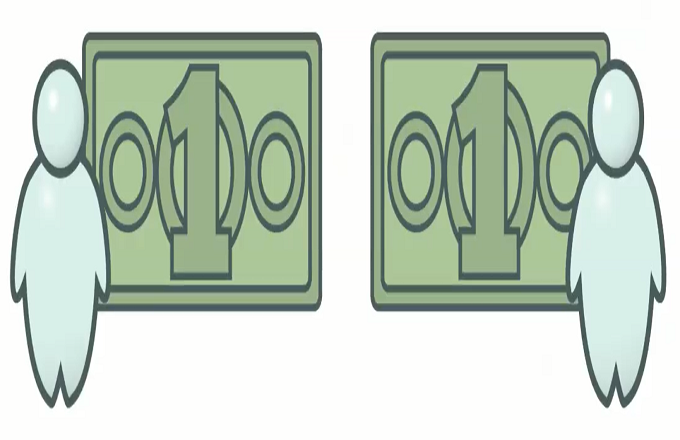While insider trading is often difficult to spot, there have been plenty of egregious examples in history that were fairly simple to detect. Here are three notorious incidents from the past century.Number 1, Albert H. Wiggin: The Market Crash Millionaire Wiggin was the respected head of Chase National Bank who, in the 1920s, sold short 40,000 shares of his company. Wiggin hid his trades, and built a vested interest in running his company into the ground. He made $4 million when the market crashed in 1929. Wiggin was not the only one who shorted his own company, which was legal back then, but it was his actions that inspired a revision of the 1933 Securities Act cracking down on insider trading. It became known as the Wiggin Act. Number 2, Levine, Siegel, Boesky and Milken: The Precognition Rat Pack In the 1980s, Ivan Boesky had a knack for picking takeover targets, then buying their stock before an offer came. When the offer was made, the stock value would jump and he’d sell his shares for a profit. It turned out Boesky paid Dennis Levine and Martin Siegel for pre-takeover information. The SEC learned of the leak and went after all three, plus Michael Milken. Boesky and Milken received record fines and prison sentences. Number 3, R. Foster Winans: The Corruptible Columnist In the early 1980s, Winans wrote a column for the Wall Street Journal in which he profiled certain stocks. His opinions often influenced the featured stock’s value. Winans leaked his information to a group of stockbrokers, who took positions before his column published. The brokers profited and paid off Winans, whom the SEC convicted of insider trading.





